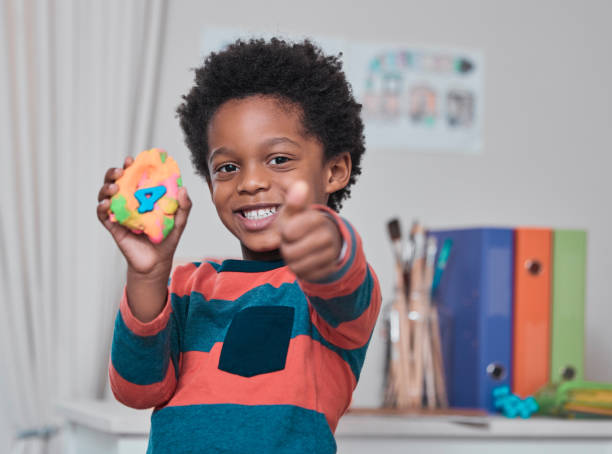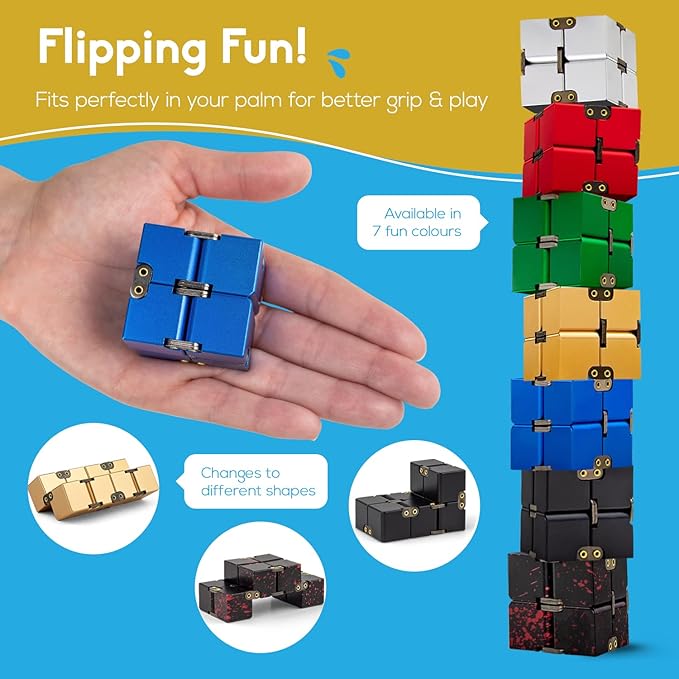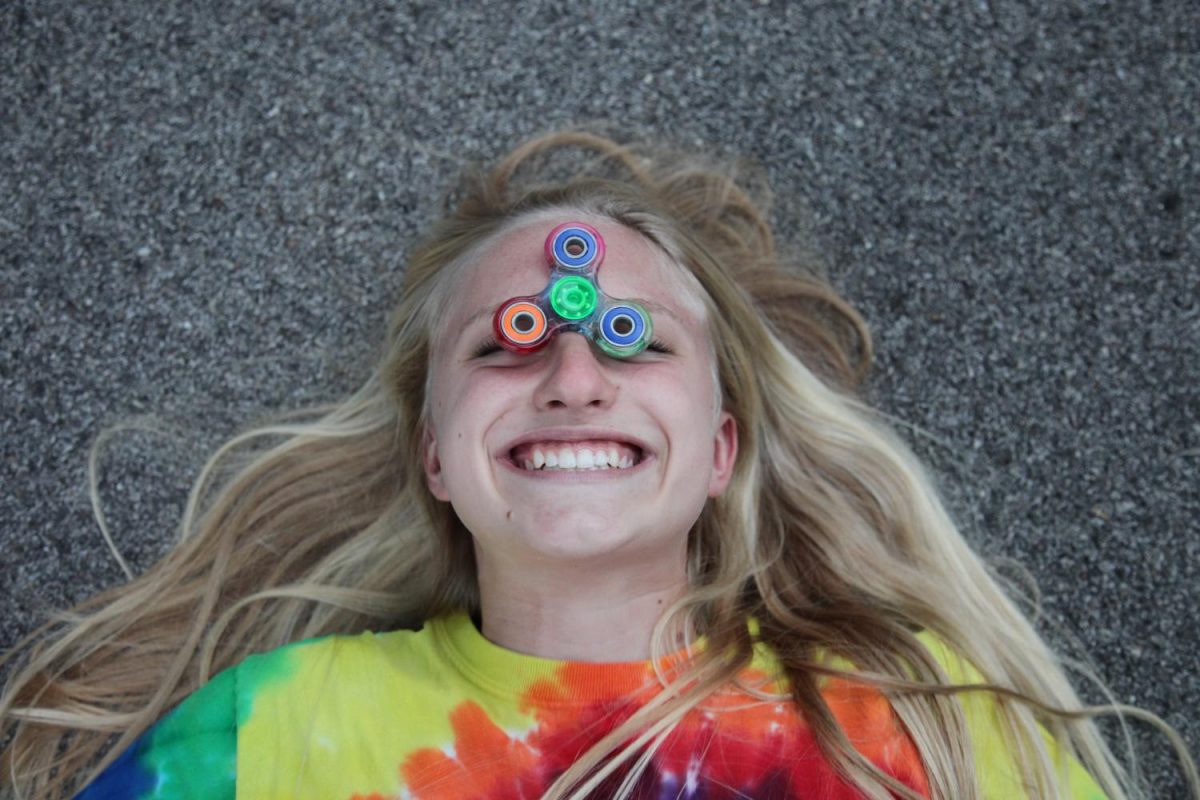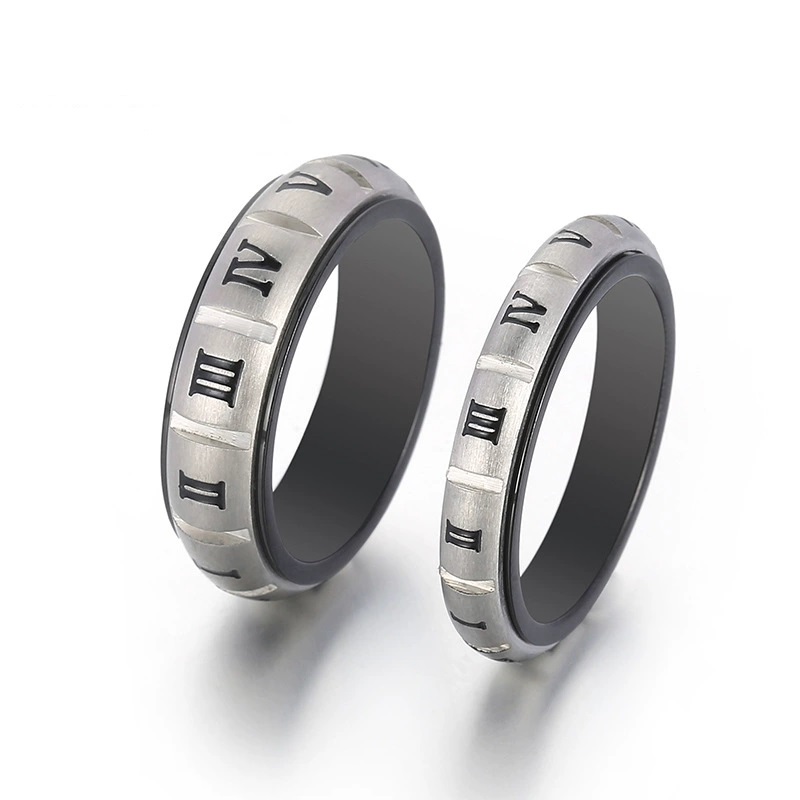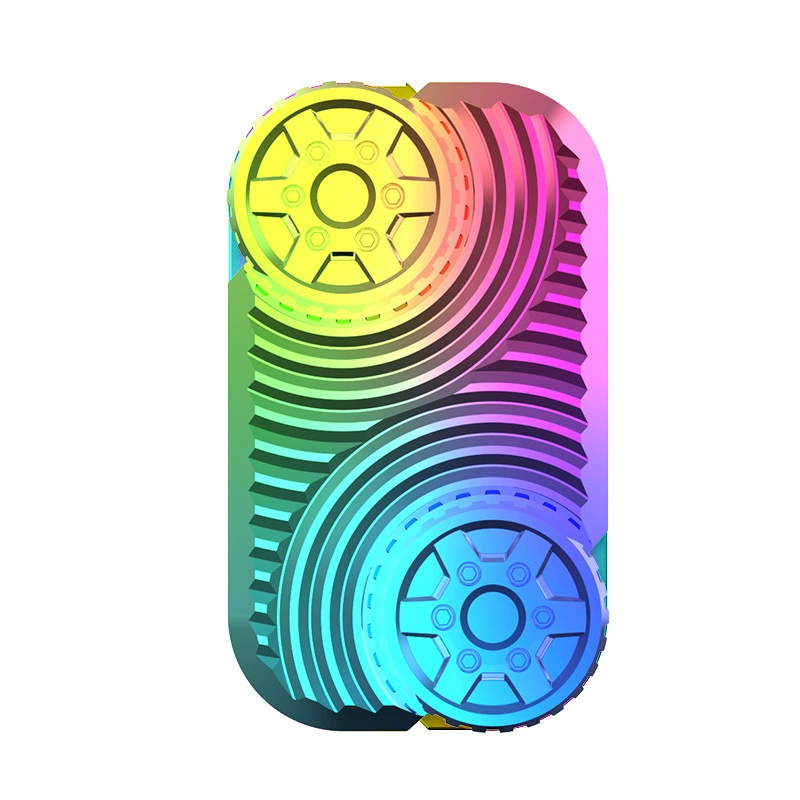-
Shenzhen City, GuangDong Province, China
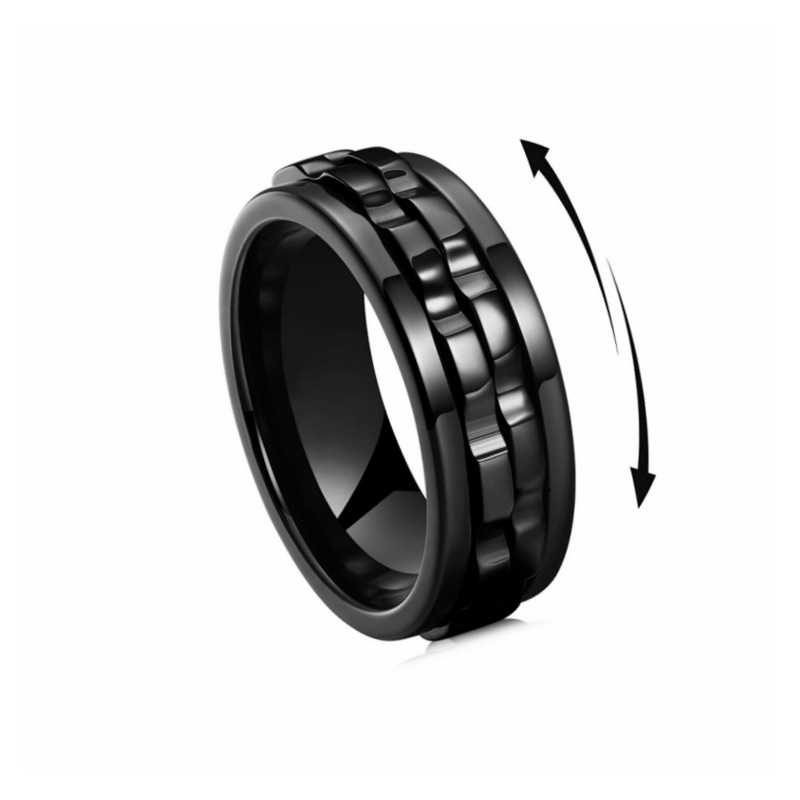
How to Make Homemade Fidget Toys Easy?
5 Easy Projects for Stress Relief
Do your hands like to be busy? Do you need help to focus? Fidget toys can help! Many people use fidgets for focus. They are great homemade stress relievers. You do not need to buy them. You can make your own DIY fidget toys at home. It is easy!
This guide shows you how to make homemade fidget toys easy. We will make five cool toys. These easy sensory toys use things you might already have. We found ideas from places like kidsactivitiesblog.com, which has many kids’ fidget crafts that cost almost nothing. Making homemade fidget toys is a fun crafting activity. These budget-friendly fidgets are great fidget toys for anxiety and help restless hands. We will make:
- A soft Fabric Finger Maze
- A squishy Balloon Stress Ball
- A clicky Paperclip Fidget Spinner (simple fidget spinner)
- A cool LEGO fidget toy cube
- A pretty Sensory Bottle
Let’s start crafting fidget tools! These are great quiet classroom tools too.
Table of Contents
What You Need: Tools and Stuff
Making easy homemade fidget toys does not need fancy things. Look around your house! You might find:
- Balloons (for balloon stress balls)
- Rice or flour (to fill stress balls, like rice-filled stress toys)
- Duct tape (to make toys strong)
- Beads (wooden bead fidgets or plastic ones)
- Paperclips (paperclip fidget toy)
- Fabric scraps (for no-sew fidget toys or sewn ones)
- Thread and needle (or glue for glue-free fidgets)
- Recycled materials like bottle caps (bottle cap clickers) or plastic bottles
- Pipe cleaners (pipe cleaner fidgets)
- Rubber bands (rubber band fidgets or easy rubber band toys)
- Craft sticks (craft stick fidgets)
- Cardboard (for a cardboard fidget spinner)
- Empty plastic bottle (for a sensory bottle)
- Glitter, oil, water (for sensory bottle)
- LEGO bricks
- Pompoms (pompom sensory toys)
- Velcro (Velcro fidget strips or Velcro tactile strips)
- Buttons (button-and-string spinners)
- Playdough (for playdough stress balls)
- Foam (craft foam fidgets or foam squishy toys)
- String (bead-and-string fidgets or string-and-bead spinners)
- Marbles (for marble maze fidgets)
Good Ideas for Saving Money:
- Use old clothes for fabric. These are great upcycled fidget toys.
- Check the Dollar Tree for cheap craft supplies like beads or craft foam. This makes budget-friendly fidgets.
- Use recycled material fidgets, like clean bottle caps or old CDs (recycled CD spinners).
- Look for no-cost fidget ideas using things like paper clips or rubber bands.
Safety First!
- Always use non-toxic fidget materials. Brands like Elmer’s Glue or Aleene’s Tacky Glue are usually safe, but check labels.
- Little kids need help. Small parts like beads can be a choking hazard. Make sure toys are strong.
- These are great school-safe fidgets if made carefully. Some schools have rules, so check first.
Let’s Make Some Easy Fidget Toys! (Step-by-Step)
Here are five easy homemade fidget toys. Follow the steps. You can find many fidget toy templates online too, on sites like Pinterest craft tutorials or Instructables.
Project 1: Fabric Finger Maze (A Quiet Toy)
This is a quiet fidget tool. It feels nice to touch. It is a tactile sensory toy.
- What You Need: Two small squares of soft fabric (like flannel or textured fabric fidgets), thread and needle (or sewing machine), one small bead or marble.
- Steps:
- Draw a maze path on one fabric square. Like a curvy road.
- Place the bead inside, between the two fabric squares.
- Sew the two squares together around the edges.
- Now, sew along the maze lines you drew. Leave space for the bead to move.
- You can now push the bead through the maze path!
- Why It Works: Moving the bead is calming. It uses fine motor skills. It’s a good quiet classroom aid. You can find guides on sites like craftingagreenworld.com. These braided fabric fidgets or sewn ones are great sensory integration tools.
Project 2: Balloon Stress Ball (Squishy Fun!)
This is a classic homemade stress reliever. It is like a foam squishy toy but homemade!
- What You Need: A balloon (or two for extra strength), flour or rice (or playdough). A funnel helps.
- Steps:
- Stretch the balloon opening.
- Use the funnel to slowly fill the balloon with flour or rice. Don’t fill it too full! It needs room to squish. A balloon-and-flour stress ball is very popular.
- Tie a tight knot in the balloon neck. Cut off the extra bit.
- Optional: Put this balloon inside another balloon for more strength. You can use duct tape to reinforce the knot.
- Why It Works: Squeezing the ball helps release stress. It is a good hand-strengthening toy. Many people find these fidget toys for anxiety helpful. Studies show homemade fidgets can help 78% of kids with sensory needs feel less anxious.
Project 3: Paperclip Fidget Spinner (Simple & Clicky)
Need a quick fidget craft? This paperclip fidget toy is super easy.
- What You Need: Three metal paperclips, maybe small beads (wooden bead fidgets or plastic).
- Steps:
- Link the three paperclips together in a triangle shape.
- Bend the ends slightly if needed to make them spin.
- You can add small beads to the outer loops for extra weight or texture.
- Hold the center and spin! It makes a soft clicking sound.
- Why It Works: It’s a simple fidget spinner you can make anywhere. It provides a little noise and movement. It’s a low-mess fidget craft. You can even use plastic straw fidgets or toothpick-and-eraser fidgets for similar simple toys.
Project 4: LEGO Fidget Cube (Build Your Own!)
LEGO bricks are amazing for DIY fidget toys. You can build your own DIY infinity cube or a custom Fidget Cube! Or try a cool Aluminum Infinity Cube.
- What You Need: A mix of small LEGO bricks, especially ones that click, spin, or slide. Think gears, knobs, flat smooth tiles.
- Steps:
- Build a small cube base (maybe 3×3 or 4×4 studs).
- Add different LEGO pieces to each side. Put on a piece that spins. Add a piece that clicks up and down. Put on smooth tiles to rub. Add bumpy bricks for texture.
- Make it strong so it does not fall apart easily.
- Why It Works: Building it uses creativity. Playing with the different sides gives lots of sensory feelings. LEGO fidget toys can help with fine motor skills. One study showed LEGO fidgets helped 82% of kids improve these skills. Some people even use LEGO Mindstorms for complex tinkering fidget projects.
Project 5: Sensory Bottle (Calm Down Jar)
This sensory bottle tutorial makes a pretty, calming toy.
- What You Need: A clean, clear plastic bottle with a strong lid (like a water bottle), water, clear glue or baby oil, glitter, small beads, food coloring (optional).
- Steps:
- Fill the bottle about half full with water.
- Add some clear glue (this makes the glitter fall slowly). Or use baby oil instead of glue for a different effect.
- Add glitter, small beads, or tiny plastic toys.
- Add a drop of food coloring if you want.
- Fill the rest of the bottle with water, leaving a little space at the top.
- Screw the lid on TIGHT. You can use super glue (glue-free fidgets are safer if kids might open it) or duct tape around the lid to seal it.
- Why It Works: Watching the glitter swirl and fall is calming. It’s a visual sensory toy. It’s great for quiet time. These are sometimes called calm down jars. Making sensory bottles is a popular crafting for mental health activity. You can even try making DIY fidget putty or kinetic sand DIY for similar sensory fun.
Make Your Fidget Toys Special! (Custom Tips)
Your homemade fidget toys can be unique!
- Add Textures: Glue pompoms, Velcro strips, textured fabric, or craft foam to your toys. Textured sensory toys feel interesting. Use silicone mold fidgets to create unique shapes.
- Change the Size: Make tiny pocket-sized fidgets to take anywhere. Make bigger ones for your desk at home or office desk fidgets.
- Use Different Fillings: Try sand, salt, small beans, or even slime-based fidgets (like Crazy Aaron’s Thinking Putty or TheraPutty) inside balloons. Balloon-and-flour stress balls are just one option!
- Make Wearable Fidgets: Create DIY fidget jewelry like fidget rings or DIY spinner rings. You can even make DIY chewable jewelry using safe silicone beads (check materials carefully!). A cool option might be a Lover Anxiety Fidget Ring. Make fidget keychains with zipper pull fidgets.
- Explore More Ideas: Try making marble maze fidgets sewn into fabric pockets. Create DIY pop-it toys using bubble wrap or silicone molds. Make quiet clicker toys with bottle caps. Build magnetic fidget toys using safe magnets. Try knotting rope fidgets or stretchy noodle fidgets like Monkey Noodle. Even simple things like clothespin fidgets or penny spinner toys work! Check out wikiHow’s stim toy guide for more inspiration. You can find 25+ more ideas online too. Some people find the sounds of fidgets relaxing, like ASMR.
Questions People Ask (FAQs)
Are homemade fidgets safe for my kids?
A: Mostly yes, if you choose materials wisely! Always use non-toxic fidget materials. Avoid tiny parts for very young kids (under 3) who might put things in their mouths. Supervise playtime, especially with toys like balloon stress balls that could pop. Make sure everything is well-made and won’t break easily. Check Therapy-approved fidgets guidelines if unsure.
How long do DIY fidget toys last?
A: It depends on the toy and how much it’s used! A balloon stress ball might break after lots of squeezing, but you can make it stronger with duct tape or a second balloon. Fabric or LEGO fidget toys can last a long time. Part of the fun of DIY fidgets is that they are easy and cheap to remake! Most cost under $5.
What if I don’t have the exact stuff? Can I swap things?
A: Yes! Crafting with household items is all about using what you have. No rice for a stress ball? Try flour, sand, or small beads. No flannel? Use old t-shirt fabric or felt. No LEGO? Maybe use K’NEX, Tinkertoy, or build with craft sticks and glue. Be creative! Use repurposed toy ideas.
What are the best homemade fidgets for school or for kids with ADHD or autism?
A: Quiet fidget tools are best for the classroom. The Fabric Finger Maze, Velcro tactile strips under a desk, or a soft foam ball stress reliever are good choices. Fidgets for autism or ADHD-friendly crafts often focus on specific senses. Tactile sensory toys (like the maze or textured fabric fidgets) and fidgets for fine motor skills (like LEGO cubes or bead-and-string fidgets) are often helpful. Check with resources like the National Autism Association, ADHD Foundation, Autism Speaks, or Understood.org. Occupational therapists (find info via the American Occupational Therapy Association or Sensory University) often recommend specific types. Some tools might be inspired by Montessori materials or help with STEM education. Even experts like Temple Grandin talk about sensory needs. Remember, 63% of teachers saw better focus with DIY fidgets. You can find quiet metal options too, like a Desk Fidget Spinner.
Fun with Fidgets! (Conclusion)
You did it! Now you know how to make homemade fidget toys easy. We learned to make:
- A Fabric Finger Maze (soft and quiet)
- A Balloon Stress Ball (squishy fun)
- A Paperclip Spinner (quick and clicky)
- A LEGO Fidget Cube (build and play)
- A Sensory Bottle (calm and pretty)
Making your own DIY fidgets saves money. It lets you make toys that are just right for you. Many people find these fidgets for concentration help them feel calm and focused. They are great anxiety relief crafts and good for sensory integration.
These easy sensory toys are great fidgets for restless hands. Use recycled materials to make eco-friendly fidgets. Try crafting for mental health on days like World Mental Health Day or during National Sensory Awareness Month.
Did you make one? Share a picture! Use hashtags like #DIYfidget #HomemadeFidgets #EasyCrafts. Explore more crafting fidget tools online using YouTube DIY channels, Pinterest, Instructables, TikTok #fidgettoys, or Reddit r/fidgettoys. Have fun making your pocket-sized fidgets or desk toys! Maybe try a cool Kinetic Desk Toy?

